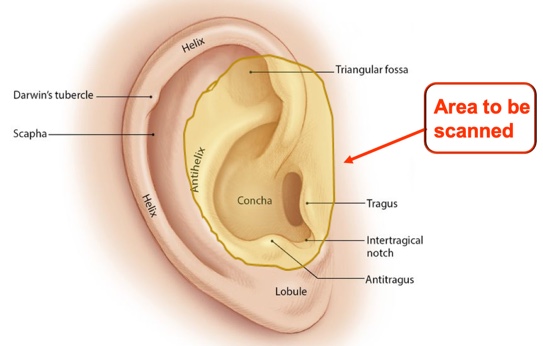Abstract
Objective
We previously investigated the capacity of the original version of the Edmonton Symptom Assessment System-Revised (ESAS-r) and the Canadian Problem Checklist (CPP) to screen for clinical levels of insomnia in cancer patients. The original ESAS-r includes an item assessing drowsiness and an "other symptom" item, both of which are rated on a scale from 0 to 10, while the CPC has a sleep item, a box which is checked when this problem is present. Because none of these items showed an optimal screening capacity, we concluded that it would be best to add a specific 0–10 sleep item to the ESAS-r. This study assessed the capacity of this ESAS-r-sleep item to screen for clinical insomnia in patients with various cancer types.
Methods
A total of 392 patients with mixed cancer sites completed the ESAS-r as part of a routine screening procedure implemented in the radio-oncology department of L'Hôtel-Dieu de Québec (CHU de Québec-Université Laval). They also filled out the Insomnia Severity Index (ISI).
Results
Using a score of 8 or greater on the ISI as the standard criterion for clinical insomnia, a score of 2 or higher on the ESAS-r-sleep item (50.8% of the patients) was the one that showed the best screening indices: sensitivity of 86.7%, specificity of 75.3%, positive predictive value of 71.9%, and negative predictive value of 88.6%. An area under the curve of 0.89 was found, which is excellent.
Conclusions
Adding a sleep item to the ESAS significantly improves screening of clinical insomnia in cancer patients.
http://bit.ly/2t3OKre

